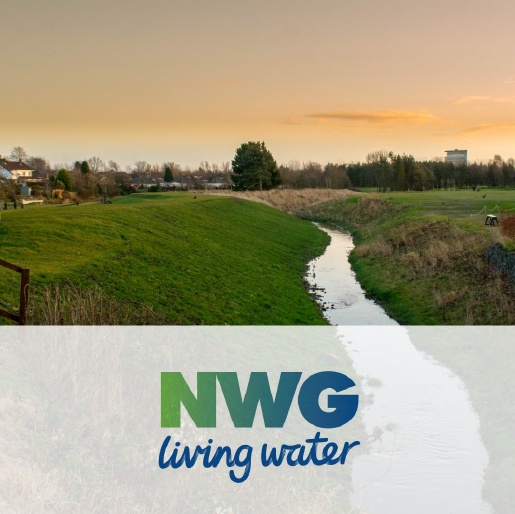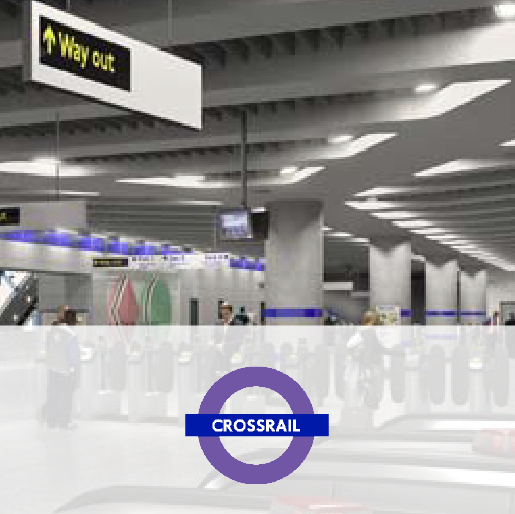
“We are constantly being driven to make the most effective use of budgets, and therefore need to ensure we prioritize and optimize spending accordingly whilst delivering on all expected outcomes. This is made more difficult by having disparate approaches to planning and no single view of all investment needs across our organization.”

Increased demands from shareholders or scrutiny from regulators, requiring
greater transparency of investment needs and an evidence-based approach to justifying spend.

An approach to investment planning complementary to global good practice and an organization’s level of maturity, supported by the key building blocks required for any planning process.


Northumbrian Water Group (NWG) is a UK water and wastewater company serving customers in the North East and East Anglia regions. AMCL has been supporting NWG on its journey towards a leading approach to optimal whole-life cost intervention planning. AMCL was chosen based on our extensive knowledge of the business processes that enable optimal decision-making and the technology market that supports investment planning. The engagement began with a focused review of the current approach, before engaging with stakeholders across the organization to define an optimum ‘future state’ process. The intervention planning process requires input from multiple functions across an organization, from its leadership teams to on-the-ground delivery partnerships. AMCL has been successful in securing buy-in and commitment from across all functions at NWG to this newly defined ‘future state’. AMCL and NWG then developed a transformational roadmap, that will build the necessary capabilities across the areas of Process, People, Data and Technology. To de-risk the technology tasks within the roadmap, various AMCL templates were used to identify the significant number of inter-related business and functional requirements for a commercial technology solution to support the optimized process.
AMCL also led the development of the organization’s first Value Framework to move from solely asset-centric, risk-based decision-making to value-based decisions. This kind of framework is central to any successful intervention planning process and has the principal purpose of translating an organization’s vision and reason for being into a set of tangible measures. These can be used to consistently appraise intervention options, support prioritization, and optimization, and enable effective benefits realization post-intervention. Participants across all functions have noted immediate benefits from this engagement as those involved in investment decision-making now have a consistent and transparent view of how projects should be identified.

AMCL was commissioned by the Crossrail project in 2006 to develop a bottom-up model to validate top-down cost estimates. The model was well received by Transport for London and the Department for Transport and subsequently enhanced to provide whole-life cost modeling of the future Crossrail railway for the first 50 years of operation. For over a decade, as the project and designs matured, the model has been developed both in data and functionality to support the ongoing maintenance cost estimates.
AMCL led the collation of stakeholder requirements, development of a detailed functional specification, and subsequently delivered a compliant model. The model generates costs for planned and unplanned maintenance, refurbishments, and renewals of all Crossrail assets including railway systems, stations, shafts, portals, tunnels, and depots. The model considers labor, plant, and material resources. Additional costs and constraints that are identified can be adjusted to allow modeling of contracts, different system configurations, asset owners, and life spans.
The model has been integrated with a Business Analytics platform to allow remote viewing of the outputs via a web browser without needing the full model. Alongside this, the front-end user interface is adaptable to user needs. The back-end allows user inputs via simplistic data forms within a clearly structured and presented a hierarchy of input requirements, variables, and options.
The model continues to be in use by Crossrail and the Infrastructure Managers to provide cost estimates for budgetary submissions and the setup of contracts.